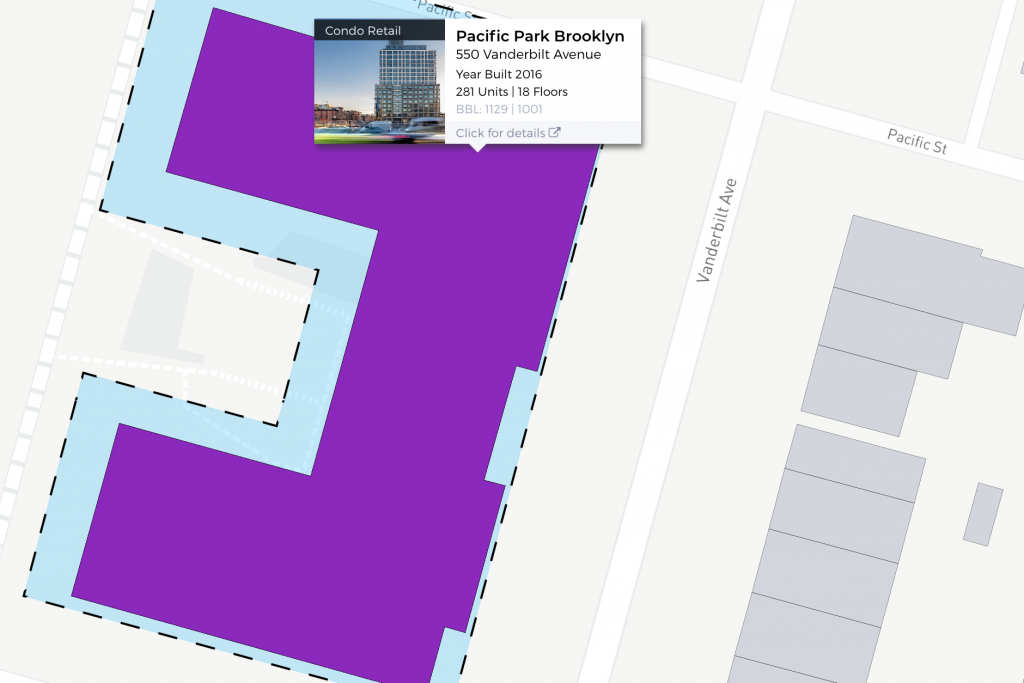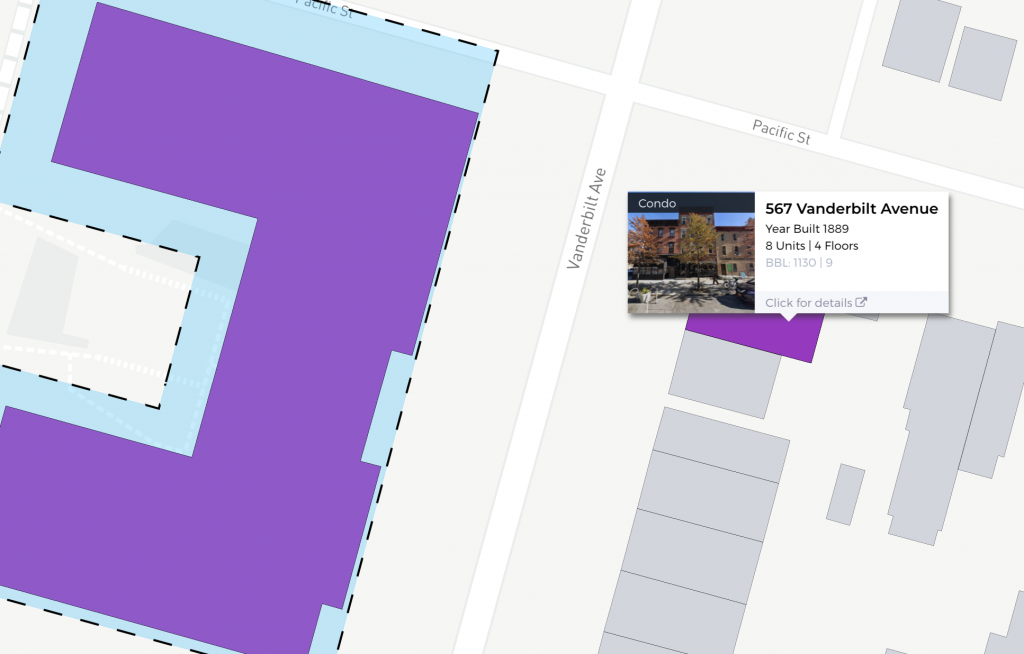A block and lot number is the unique set of numbers that identifies a property. In NYC, where there are five boroughs, this is known as the BBL – borough, block, and lot.
A block is what it sounds like — a group of contiguous lots bound by streets in the same way a city block is. A lot is an individual piece of land within a block that is intended to be sold or conveyed in its entirety to a buyer.
However, there are exceptions to what constitutes a block. Sometimes, a block accounts for two or three city blocks. Two particular exceptions are Battery Park City and Brooklyn Navy Yard. Both are a single block.
The US and Canada use the block and lot survey system to locate and identify land. It is usually used in densely populated areas such as towns and cities. It is also known as the recorded plat survey system or the recorded map survey system.
How does this system work?
When a developer wants to create a subdivision, they have to subdivide a tract of land. When this happens, a surveyor creates a plat map to file with the local county court. A plat map shows the boundaries of each lot, the easement, and the location of utilities and streets.
This is how a piece of land gets a block and a lot. Each parcel of a land receives a lot number. In addition, each group of contiguous lots gets a block number.
Check out Marketproof New Development for the most information anywhere on NYC condos.
How do blocks and lots work for NYC condos?
NYC uses BBL numbers: borough, block, and lot. This 10-digit number can be used to identify each individual piece of land in NYC. It is also universal, so it makes tracking buildings across databases easier.
The first digit represents the borough: 1 for Manhattan, 2 for the Bronx, 3 for Brooklyn, 4 for Queens, and 5 for Staten Island. The next five represent the block. In many cases, the block number is fewer than five digits. In this case, zeroes are added to the front of the five block digits. Same goes for the lot, which accounts for the four digits at the end.
A condo building lot almost always starts with 75. Consider the condo building in the photo above at 550 Vanderbilt Ave in Prospect Heights, Brooklyn. The building block is 1129. Its lot is 7501. Therefore, its BBL is 3011297501.
You can see the block and lot for this building in the photo below. This is from Marketproof, which shows you maps of each building. (More on using Marketproof to find blocks and lots below.)

Notice that, if we navigate right across the street to the other side of Vanderbilt Avenue, the block changes by one digit. It’s 1130 instead of 1129 — one intuitive block over.

Lots are often similarly intuitive. The lot number of the multi-family home highlighted in the photo above is 10, or 00010, as it would be written in the BBL. Check out the lot number of the condo right next door to it: 9.

What about the BBLs of condos within a condo building?
Condo buildings contain different BBLs for each apartment.
Let’s look at the BBLs of different condos in 550 Vanderbilt. The block and lot for Unit 918 are 1129 and 1195. Notice that, compared to the BBL for the building, the borough and block of this specific condo do not change. So, the first six digits of the condo’s BBL match the building’s BBL: 301129. Add the four for the condo’s specific lot, and you have a full BBL for the individual condo: 3011291195.
If you look at a different unit in the same building, you’ll notice that, again, borough and block stay the same. It is just the lot that changes. So, for Unit 1M, the BBL is 3011291004.
The Department of Finance allocates BBLs for tax purposes. The Department of Buildings issues another identifier, the Building Identification Number.

How to search for a block and lot on Marketproof
Marketproof allows you to search for specific buildings. Let’s stick with the example of 550 Vanderbilt. Type that into the homepage search bar, and it will take you to the building page. Immediately, on the home/overview tab for the building, you will see the block and lot. That means you can determine the BBL.
For specific units, navigate from the overview tab to the units tab. This is where you have a choice to make. With the free version of Marketproof, you can check out units publicly listed for sale or rent. Click on one of these units (including our previous example, Unit 1M), navigate to the overview tab, and you’ll see the block and lot.
However, the publicly listed apartments may only account for a small percentage of the units in a building. If you want to see all inventory — shadow inventory, or apartments for sale that are not listed, and apartments that have already sold — you may subscribe to Marketproof New Development. This will provide the Internet’s only view of every unit in NYC buildings.

Can a block and lot affect the sale price of a home?
The block and lot itself cannot affect the sale price. However, being located on a sought-after block will attract buyers and will thus fetch a higher price. Buyers, sellers, and agents will not refer to a property’s location based on its block and lot but rather based on the cross streets.
How do I find my block and lot number?
In NYC, you can find this number on the Marketproof website. Go to the buildings tab, and enter the street address.
With Marketproof New Development, you can easily search both publicly listed properties and unlisted off-market properties not available on popular listing sites. Marketproof can increase the inventory you see by 9-10x what you may see on other sites. Create an account today and get a 7-day free trial.
Top photo courtesy of 550 Vanderbilt Ave.



